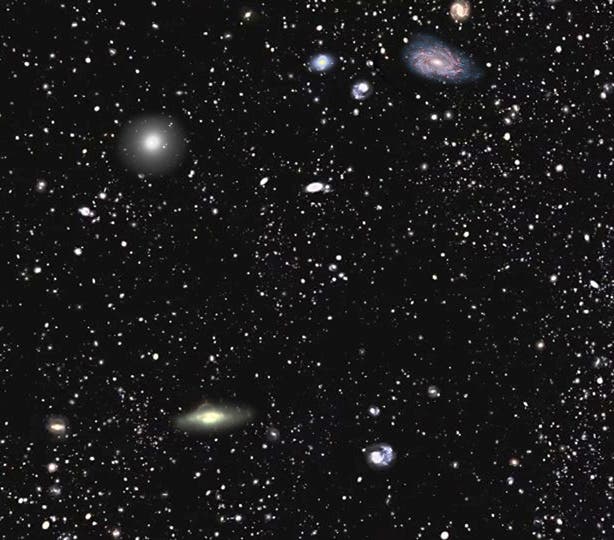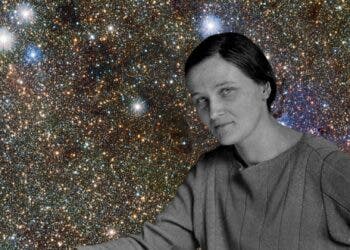
Previously, we shared the largest and, respectively, most detailed 3-D maps of the Universe released by the Sloan Digital Sky Survey. Now the survey has released a new, massive update to the map, again, making it the largest 3-D map of the Universe, which pinpoints the locations and distances of over a million galaxies. Were you to envision this 3-D map as a cube, its side would be four billion light-years in distance – yes, this is massive data!
Time capsules? Well, with data from the SDSS one can take a trip down memory lane billion of years back with ease. And by making this data freely available to the public, the survey hopes that astronomers from all around the world can now contribute with distinct findings of their own. In fact, considering the sheer volume of stellar information available, it should keep them busy enough for quite some time.
Improvements to the previously released version include:
- More than 800,000 new galaxy, quasar and stellar spectra
- Improved stellar parameters for SEGUE and SDSS-I/II stars
- Improved astrometric calibration
- Several small changes to catalog data from DR7 and DR8
It’s worth considering, though, that the data released thus far has been amounted during a mere two years of study, out of the whole six years of the project. Expect an even refined and detailed version to pop-up regularly. The project is called the SDSS-III Baryon Oscillation Spectroscopic Survey (BOSS), which will measure the positions of massive galaxies up to six billion light-years away, as well as quasars – giant black holes actively feeding on stars and gas – up to 12 billion light-years from Earth.
“What really makes me proud of this survey is our commitment to creating a legacy for the future,” says Michael Blanton, a New York University physics professor who led the team that produced the map. “Our goal is to create a map of the universe that will be used long after we are done, by future generations of astronomers, physicists, and the general public.”
Though barely mentioned, the survey’s goal is most likely that of estimating how much of the Universe is made of “dark matter” and “dark energy,” the even more mysterious force that drives the accelerating expansion of the universe.
“Dark matter and dark energy are two of the greatest mysteries of our time,” said David Schlegel of Lawrence Berkeley National Laboratory, the principal investigator of BOSS. “We hope that our new map of the universe can help someone solve the mystery.”
“This YouTube video shows the positions of the 900,000 luminous galaxies used in these studies. Each green dot represents one galaxy. The image covers a redshift range from 0.25 to 0.75, reaching to six billion years ago. The rotation of the image provides a view that shows what the distribution would look like from all sides. Click on the movie to start or stop playing the movie.”
To view patches of the map, you need to follow instructions here, which include downloading a software and getting adjusted with the rather intuitive package.






